Edible plants
An encyclopedia after Maurice Maggi
Map of trees
1
Acer platanoides (norway maple):
30 m
March-April - flowers; April - shoots seedlings
mild-sour until sweet
Calcium, Magnesium, Iron, 5% Protein
most common city tree
2
Aegopodium padagraria (bishop's weed)
40cm
june until augst white flowers
rhizome, gardens and parks --> weed
shady places close to trees
great vegetable raw and cooked, like spinach or parsley
vitamin C, kalium, karotin, iron
food for rabbits
3
Allium ursinum (wild garlic)
5-15 cm
starting in february
onion plant
salad, instead of garlic; also flowers
from june - seeds as pepper
4
Althaea rosea (mallow)
3 m high
may until octoer in pastelcolors
symbol of zurich
march-june as leaf vegetable
root in autumn and winter as aromatic vegetable
flowers as decoration or tea.
5
Aronia arbutifolia (aronia)
blossoms white-pink
from august pea-sized black berries
berries fresh or dried
juice, bitter-sour
wild black currants
vitamin c and k, folic acid healing capacities
6
Berberis vulgaris (barberry)
3 m high shrub
march-may yellow flowers stinky smell
september-october 1 cm big berries
berries sour (6% appleacid)
lots of vitamin c
raw or dried
cornflakes or jam, with meat or fish
spice for rice
nectarplant
wood for dying textiles or leather
7
Cetraria islandica (island mos)
lichen
can be eaten raw, with butter and milk
vitamins B1, B12, A, iod
appetizing, invigorating, antibacterial
8
Chaerophyllum bulbosum (kerbelwurz, chervil)
2m
from september radish-sized roots
sweet hazelnutty, like parsnips or parsley root
starchy, proteiny - low in fats
garnish and wintervegetable for soups
as chips, green young plantparts used as vegetable
after potatoe not so important any more
9
Cichorium intybus (common chicory)
30-15 cm
june until october light blue flowers
3-5 cm petals
tastes bitter like chicoree
salad or vegetable
clean with lots of water
coffee-alternative
digestive use
symbol of invincablity
10
Cornus mas (cornel cherry)
8 m high
cornel cherry blossoms early february-april
food for bees
yellow-orange in autumn
september ripe dark red fruits
good for juices, compots, jam or to eat raw
sour-sweet
vitamin c, e, b and rutin
good as schnapps
very hard wood
11
Crataegus monogyna (hawthorn)
6m-12m shrub
white flowers in may and june
red fruits in autumn
bitter-sweet berries, jam, compot, sirup; schnapps
leaves as vegetable
help heart to beat, bees and butterflies
food in winter
12
Daucus carota (wild carrot)
ancestor of carrot
2-year plant, 120 cm, 80 cm ground
may-july weit flowers
middle black-red flower for insects
young leaves and flowers for salads
root
vitamin a c b and carotin and basic minerals
important for bees, wild bees and swallowtail butterfly
13
Fagus sylvatica (beech)
40 m
popular park and alleytree
bark - smooth, grey
young leaves as salad
fruit eaten roasted or as oil
wood good for fire
fruit 46% oil and oxalacid
14
Foeniculum vulgare (wild fennel)
40-200 cm
july-august yellow flowers
fennel is rich in calcium, magnesium, folic acid, vitamins A and B, stalks and leaves can be used as spice or as intensely smelling vegetable
Flowers can be used in vinegar
tea, seeds
15
Ginkgo biloba (ginkgo)
40 m and 1000 years old
not conifer nor deciduous tree
spring vegetable or salad, healing plant
autumn - seeds cooked with rice or roasted
cold - fruits turn yellow butteracid smell
alley tree - resistant
16
Hippophae rhamnoides (seabuckthorn)
narrow, silvergreen leaves
2-6 m high
blossoms in april yellow
fruits
from septmber until first frost berries sour-intense
fresh, jam, juice
vitamin C, b12, e, f, carotin, magnesium, calcium
good against erosion
17
Humulus lupulus (hop)
hemp - 5 meter
young sprouts march-april
delicate vegetable with taste like resin
fruits beer
tea
oil good agains insects
18
Malva sylvestris (wild mallow)
40-120 cm
2-5 cm ivy-like, heartshaped leaves, slightly hairy, notches on the edges
may-october pink-blue-violet
leaves and flowers, leaves slightly slimey mild taste, salad, as sauce/soup binder, flowers als decoration
dying teas and lemonaids
medicine for digestive problems, cold
production of colors
acid-base-indicator
19
Mespilus germanica (medlar)
5m tree
only wild, white flowers
fruits after first frost ripe
aromatic sour fruits, raw or baked, juice or jam
calium calcium
unripe fruit because of tanin to wine
good for freezing
20
Origanum majorana (marjoram)
30-80cm
june-september red-violet
leaves and flowers as spice or tea
taste dependent on soil and climate
essential oils, bitter substances
healing plant digestion problems, coughing, digestion of fats
aphrodite
21
Oxalis acetosella (wwood sorrel)
grows in woods, shadowy wet places, mixed forest
15 cm
heartshaped leaves, redish veins, rhizomatic
sour, spice for salads, curd or soups
oxalacid --> don't eat too much
vitamin c and carotin, clover salt to get rid of rust stains
22
Papaver somniferum (opium poppy)
pioneer, silver leaves, 40-60 cm
120 cm
june-july white, blue, violet
sweet-nutty seed for sweets and pastry
fat 40-50% oil production
calcium, vitamine B
rest POISONOUS
oldest cultivated plant
found in archaeological sites of zurich, laudanum - painkiller, calming; 1903 forbidden
25mg opium, 15% morphine
23
Plantago lanceolata (plantain)
lanceolate leaves 5-30 cm
july until september white flowers
salad, expectorant
with honey sirup
nutty seeds good for digestion
roots raw and cooked
good for dental health
vitamin C, kieselsäure, desinfectant, antibateriell
24
Primula veris (real cowslip)
15 cm
first plant that blossoms ins spring
from february until may yellow petals
young leaves for salads, petals for salads, tea and dessert
flowers --> liqueur
roots good against coughing
fertility symbol saponine, favonoide, etheral oils
primula elatior similar properties
25
Prunus spinosa (blackthorne)
stone fruit
6m
ramified, thornes, white blossoms
march until april before leaves smell like almond
black-blue fruit ripe in october, november
vitamin C, tanning elements, fruit acids, anthocyans
picked at first frost
raw, compot, juice, bitter-sour, winey, instead of olives
bees and insects, butterflies like peacock butterfly or swallowtail butterfly
26
Rosa canina (dog rose)
pioneer plant
3 m long shoots, may blossoms in white-pink
october-november fruits - red rose hips
petals as decor for salads, desserts or taboule
fruits as tea, jam sirup sauce
fruits vitamin c a b1 b2 p k mineral and tanning agents
leaves as tea against headaches
symbol for life after death
love
27
Rumex acetosa (sorrel)
30-100 cm
fatty soils problem for overly fertilized soils
from june - flowers
good for fodder
young plant is edible, from march until october everything is edible
young shoots and leaves taste delicate slightly like lemons
vitamin C, carotin, iron, tanning agents
healing plant - digestion of fats
28
Sambucus nigra (elder)
2-5 m shrub-tree
after leaves come at the end of may-june white flowers with intense smell
fruits - violetblack round berries
ripe beginning of september
healing and cooking
flowers vitamin c iron tanning agents
berries - bitterly sweet
vitamin a b and c
blood cleaning
don't eat too many raw berries, toxins - are destroyed when cooked
flowers as sirup, lemonaid
berries - juice, jelly or puree
elder as protector of the home
29
Taraxacum officinale (dandelion)
30 cm high
leaves jagged
april - may yellow flowers that close at night or when it's cold
all parts can be used
march-june salad or vegetable bitter taste
bud --> put in vinegar or roasted
flower petals desserts, sirup honey taste, sweet
roots as replacement for horseradish
healing plant for liver, digestionproblems, rheuma
good for bees
30
Taxus baccata (yew)
evergreen needles
old trees - redish wood
just red part is edible - seeds POISONOUS
intensly sweet taste
rest - POISONOUS
100-200gr of the needles kills a horse
tree of the dead
31
Thymus pulegioides (field thyme)
10-40 cm
warm, dry, sunny places
pioneer plant
spice, tea, spicy and intense smell
leaves and flowers
medicine for colds, essential oil for digestion
digestion of fats
most important nectarplant for bees and butterflies
32
Tilia platyphyllos (summer linden tree)
stoney hills, 40 m high
leaves heartshaped, blossoming in umbles from june on and smells instensivley sweet
salad
tea, sirup, lemonaid and deserts
tea
healing plant for coughing
sweet nectar 90%
symbol of community
coal from linden for digestive problems
33
Urtica dioica (nettle)
until 2m
good in soils high in nitrogen
sunny-shady
traditional vegetable plant
lots of aroma, spicy
march-april until autumn
raw with cold water
healing plant
seeds
magnesium, calium, iron, silicium, vitamins A C E carotinoides
important for butterflies
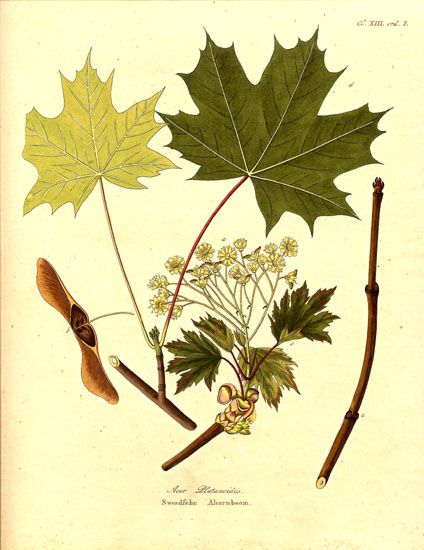
1 - acer platanoides - norway maple
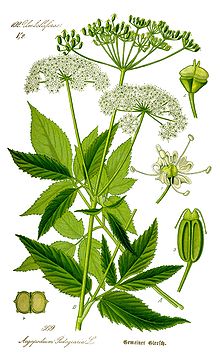
2 - aegopodium padagraria - bishop's weed
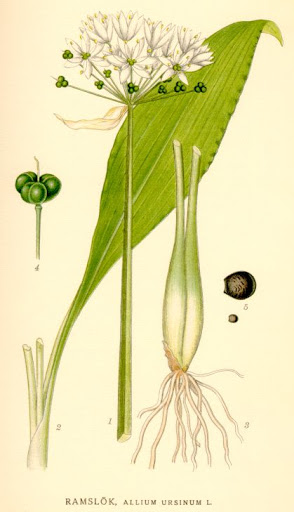
3 - allium ursinum - wild garlic
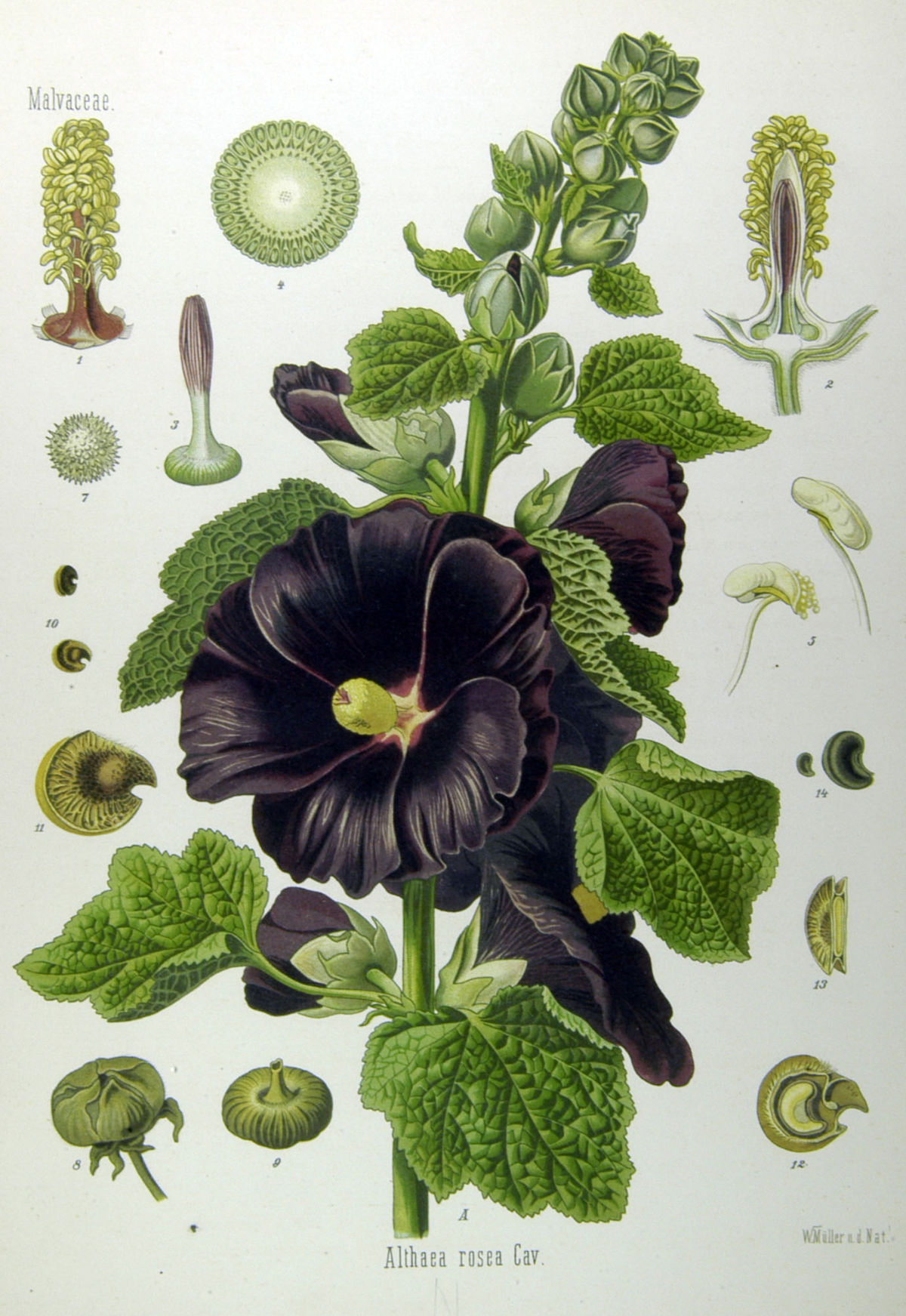
4 - althaea rosea - mallow
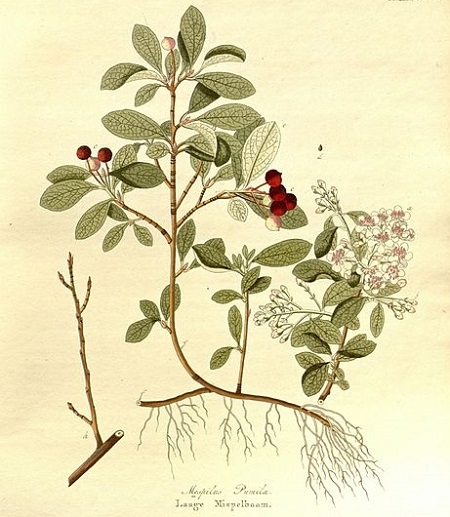
5 - aronia arbutifolia -

6 - berberis vulgaris - barberry
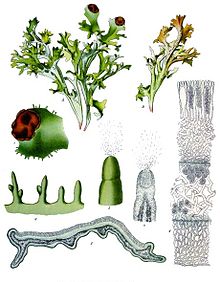
7 - cetraria islandica - island mos
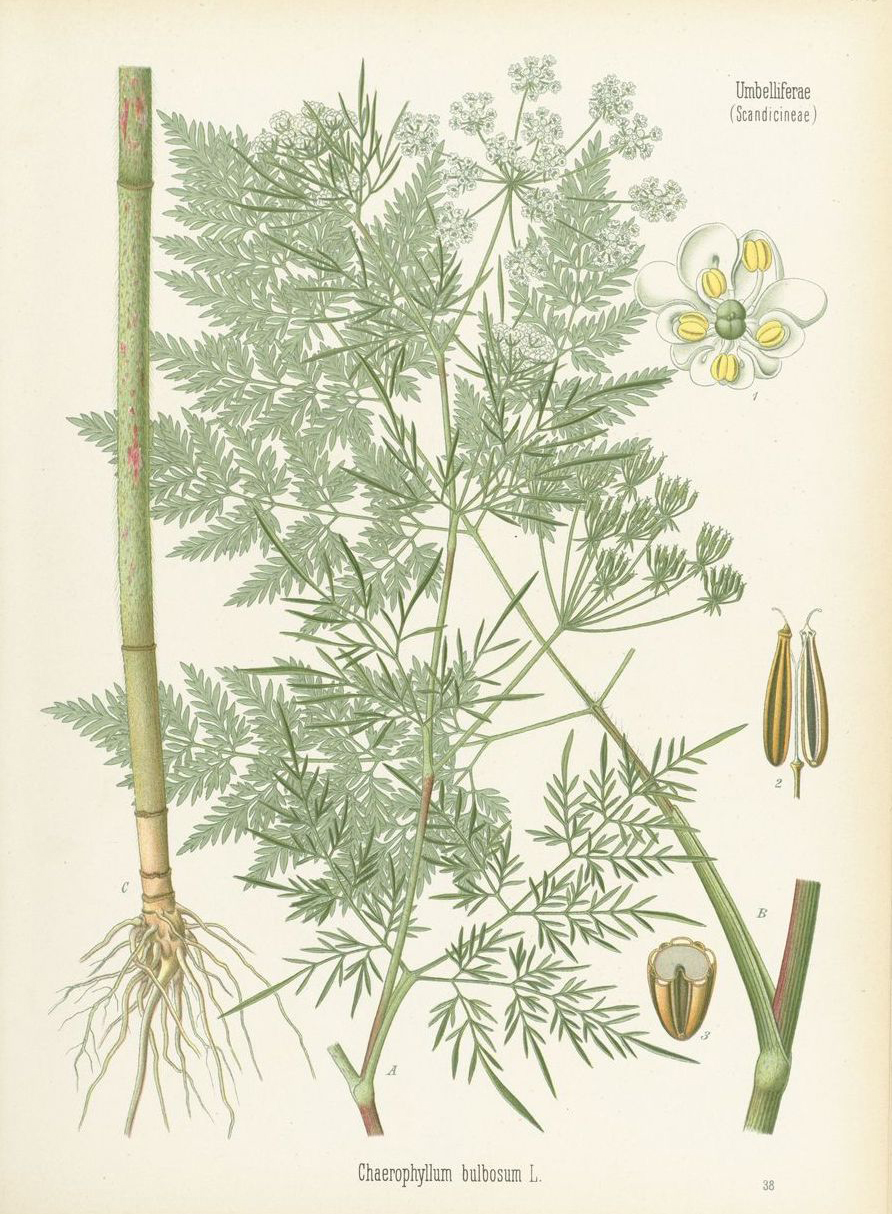
8 - chaerophyllum bulbosum - chervil
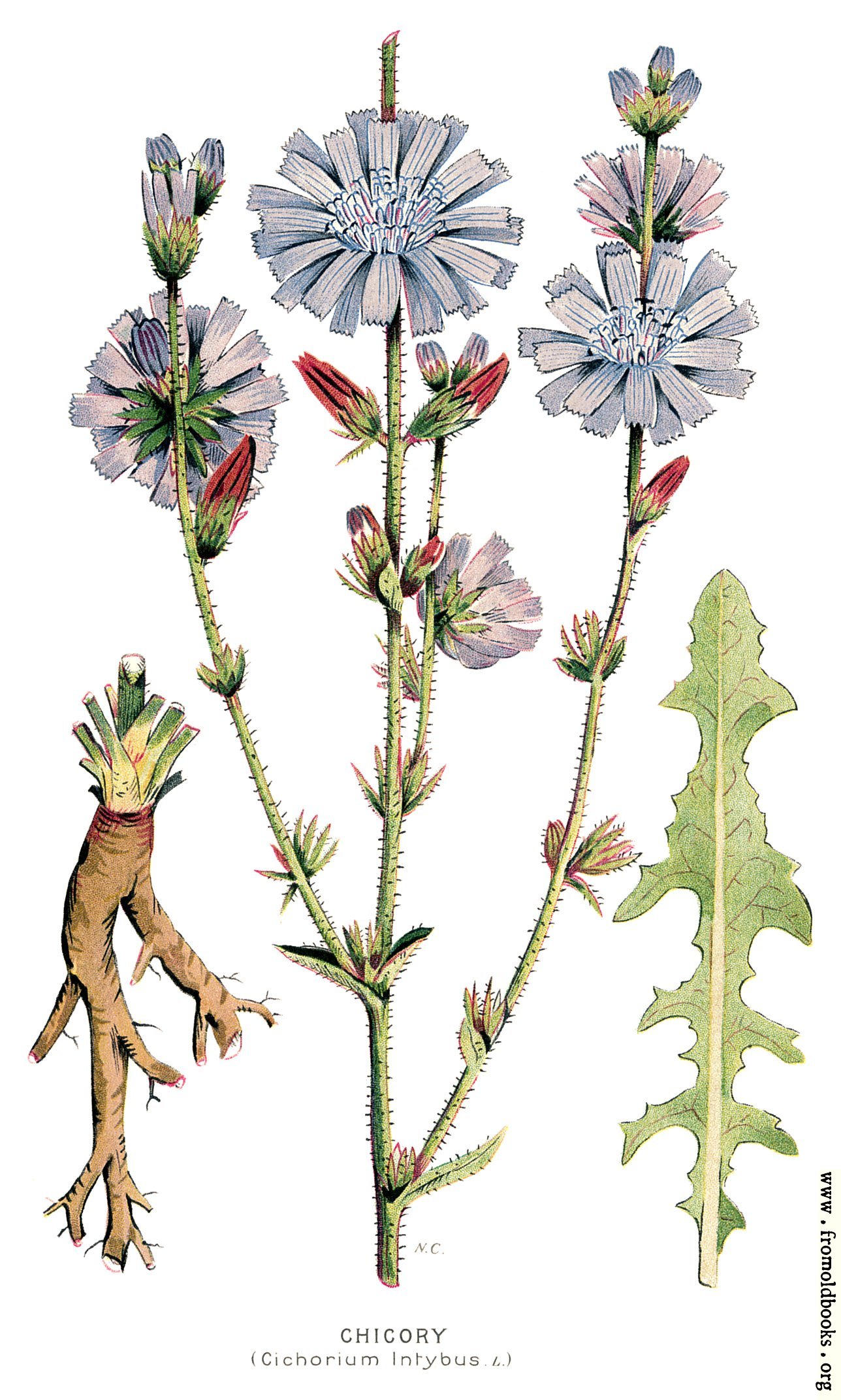
9 - cichorium intybus - common chicory

10 - cornus mas - cornel cherry
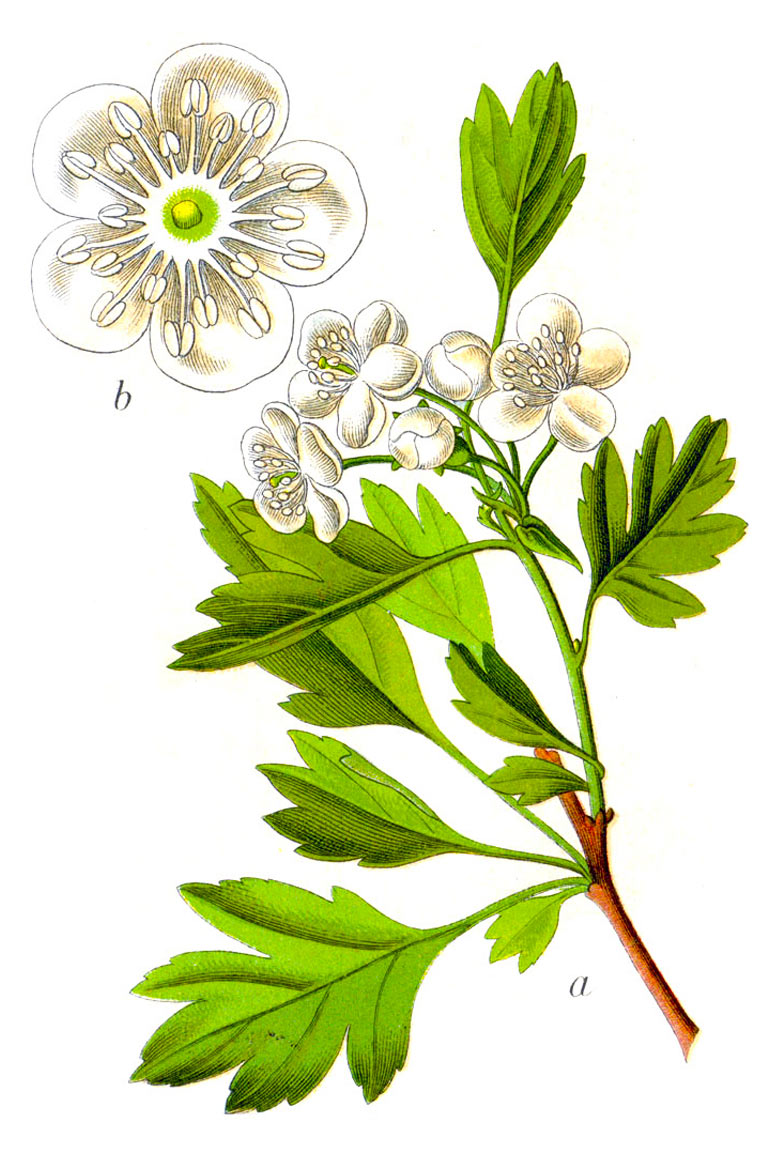
11 - crataegus monogyna - hawthorn

12 - daucus carota - wild carrot
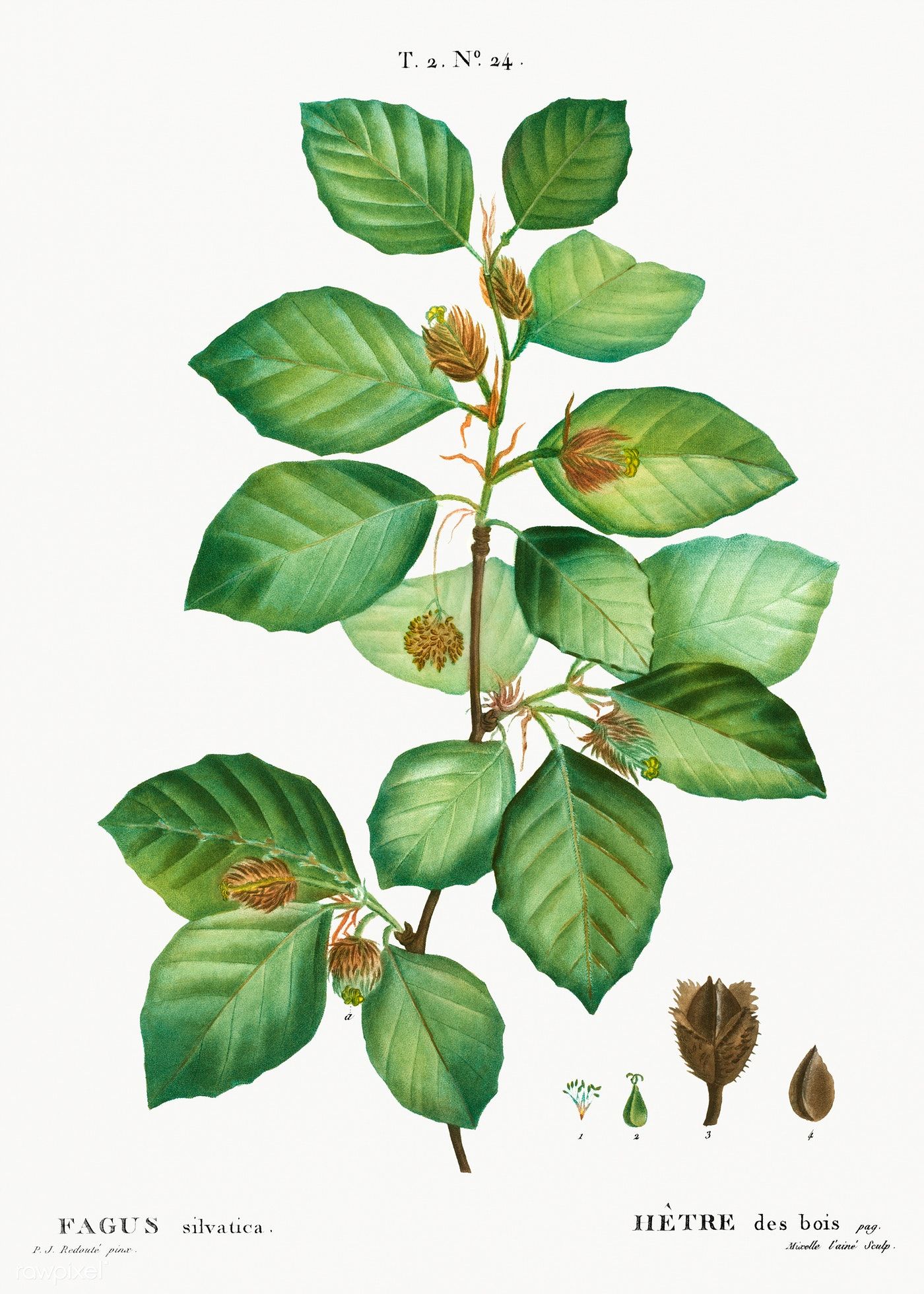
13 - fagus sylvatica - beech

14 - foeniculum vulgare -wild fennel

15 - ginkgo biloba - ginkgo
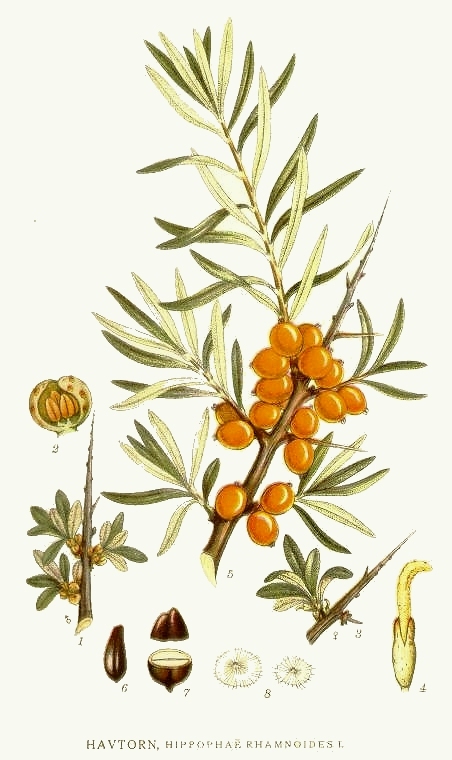
16 - hippophae rhamnoides - seabuckthorn

17 - humulus lupulus - hop
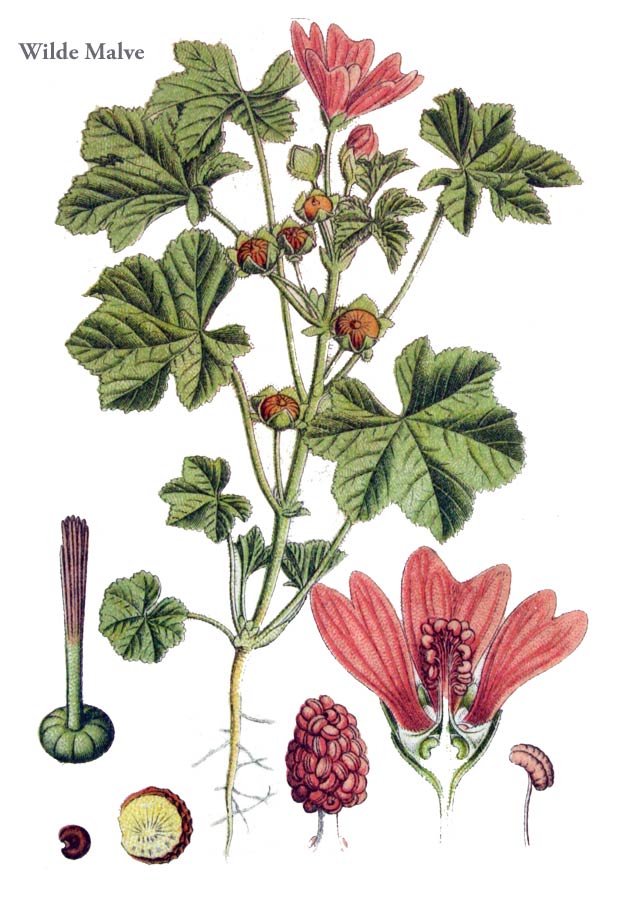
18 - malva sylvestris - wild mallow
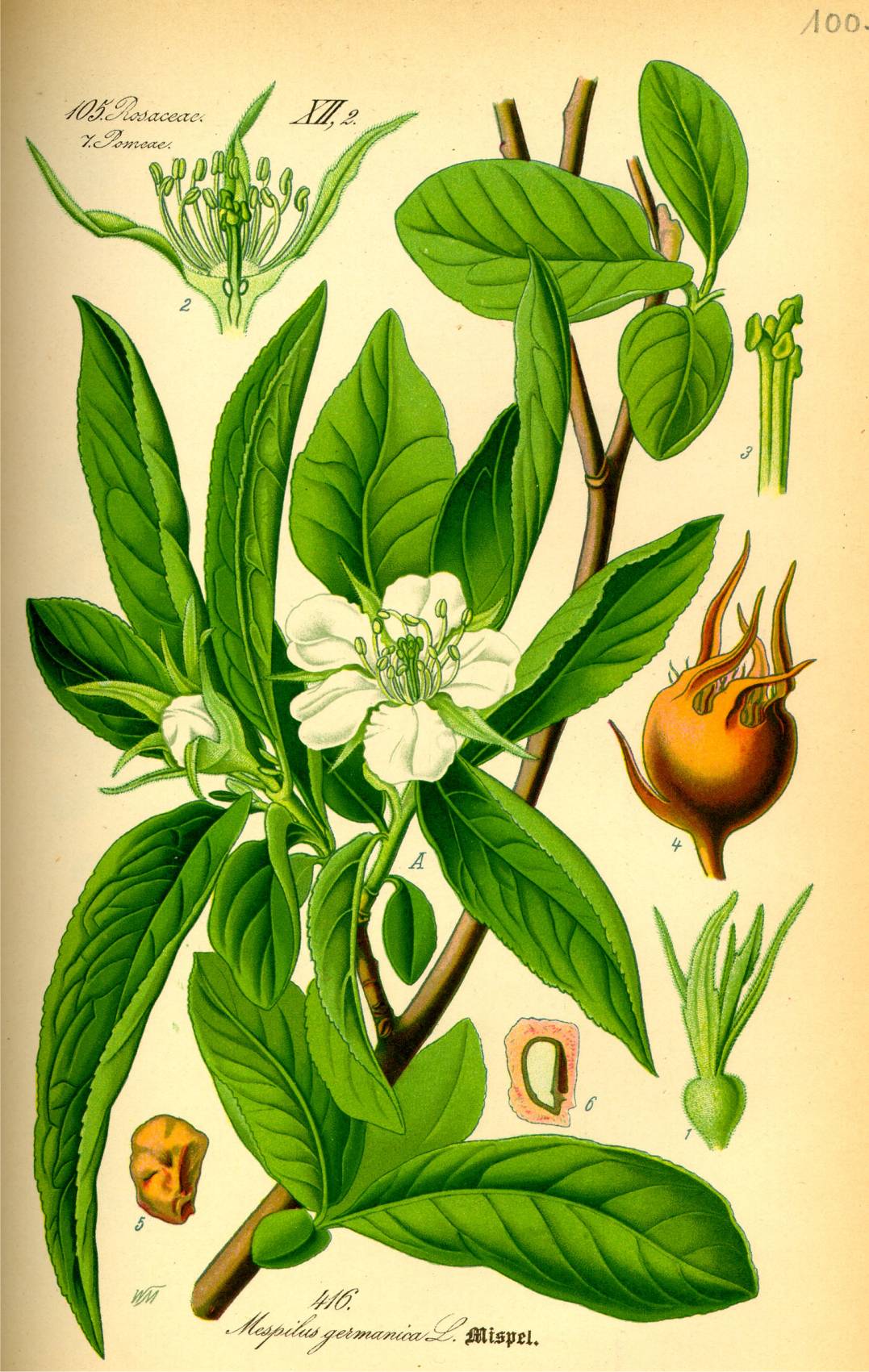
19 - mespilus germanica - medlar
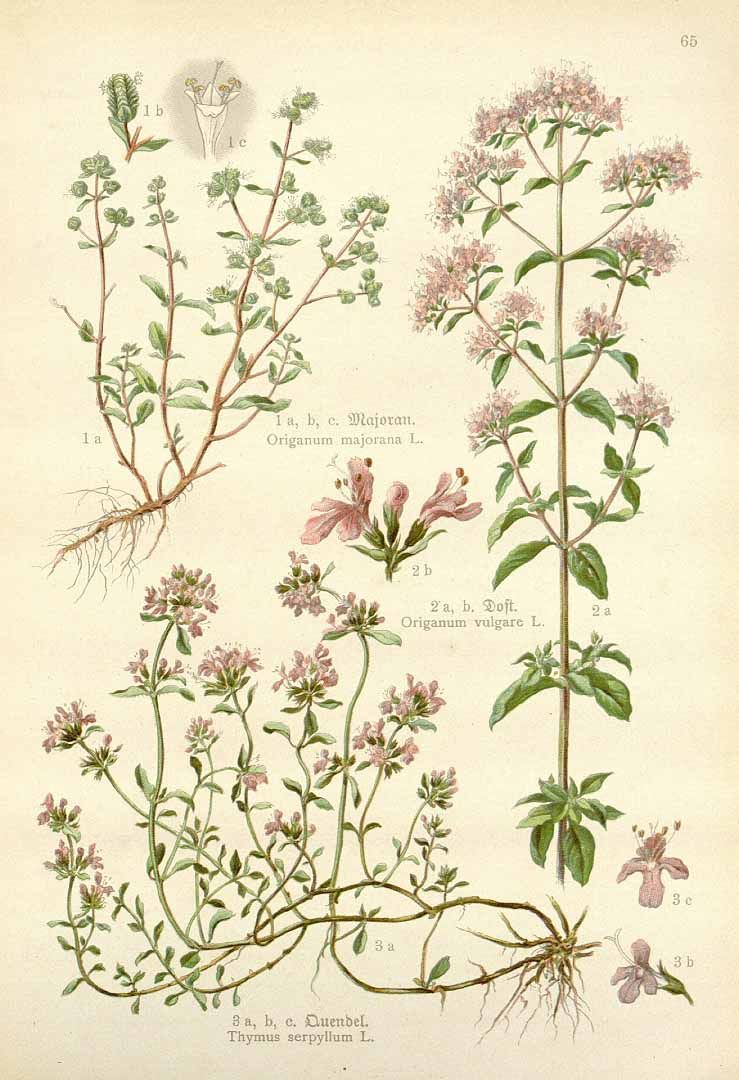
20 - origanum majorana - marjoram
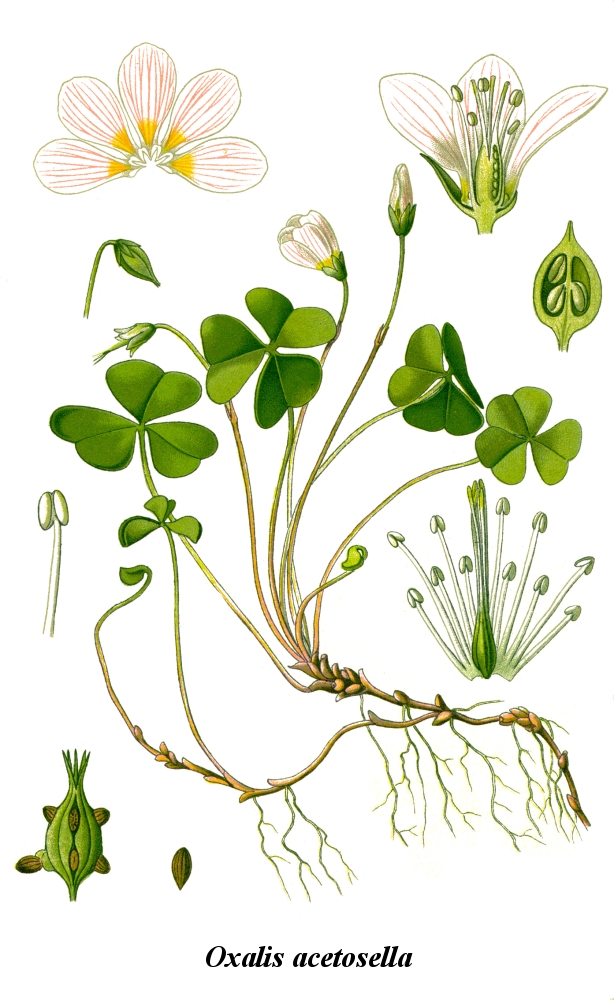
21 - oxalis acetosella - wood sorrel

22 - papaver somniferum - opium poppy
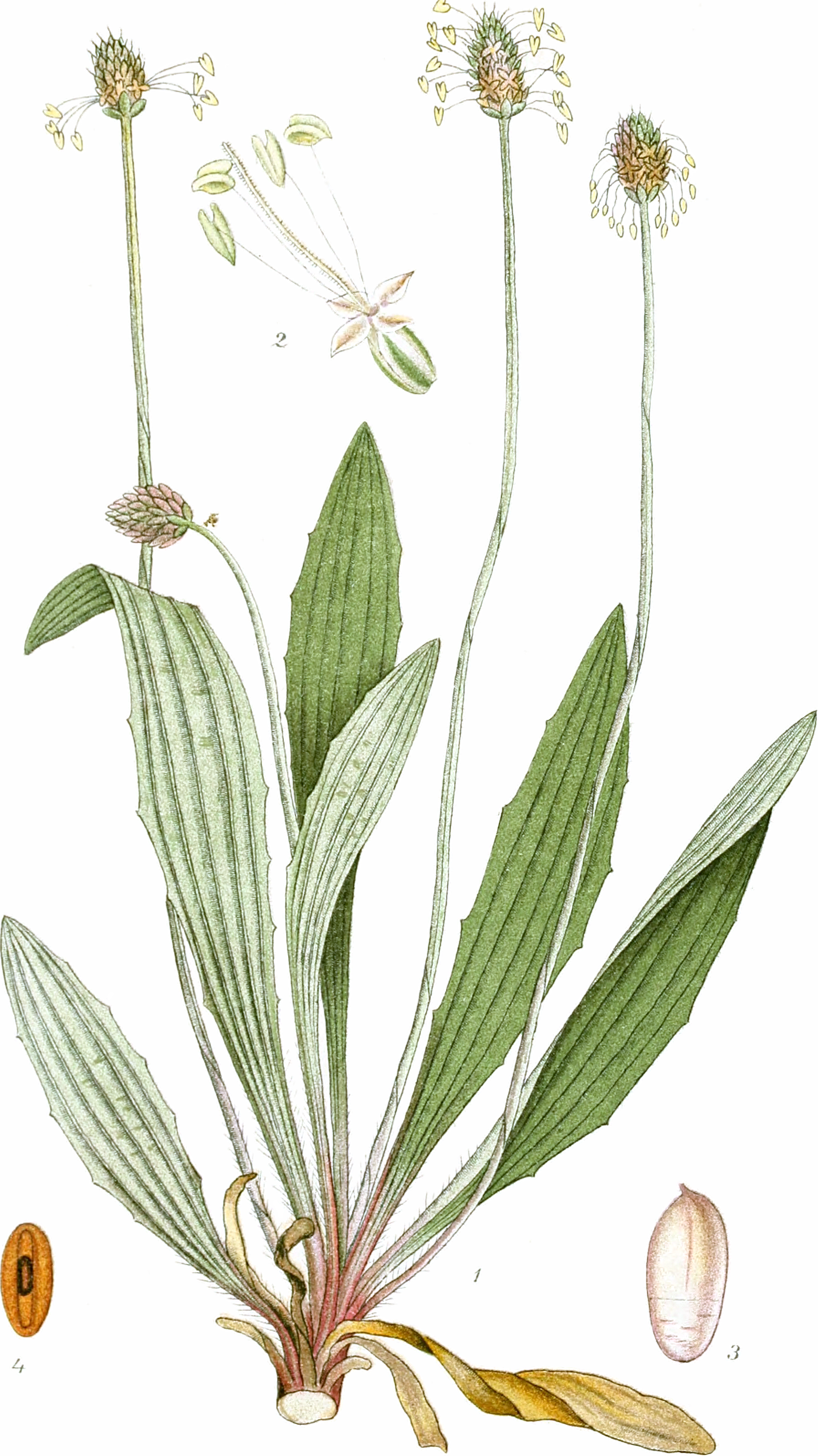
23 - plantago lanceolata - plantain
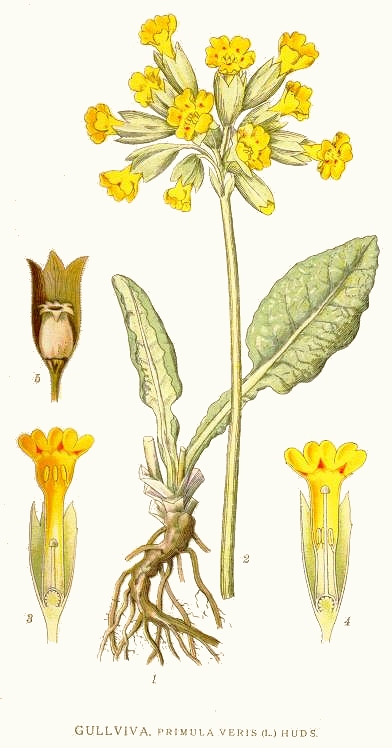
24 - primula veris - real cowslip
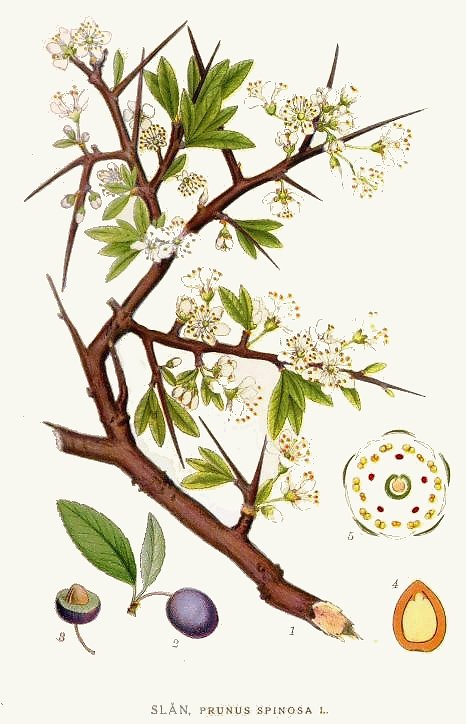
25 - prunus spinosa - blackthorne

26 - rosa canina - dogrose
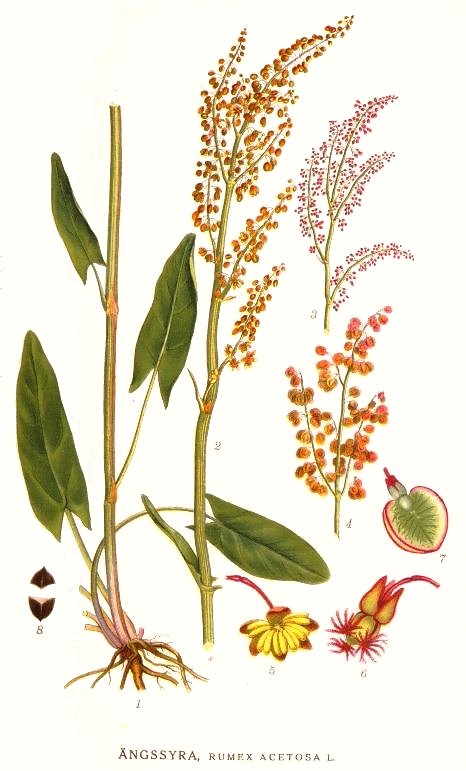
27 - rumex acetosa - sorrel
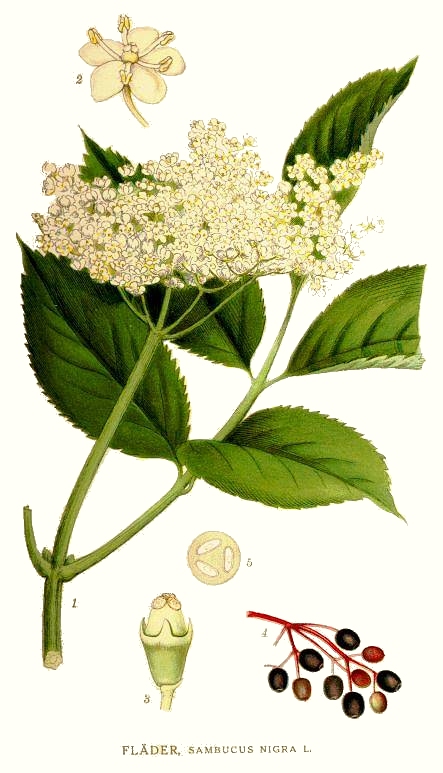
28 - sambucus nigra - elder

29 - taraxacum officinale - dandelion
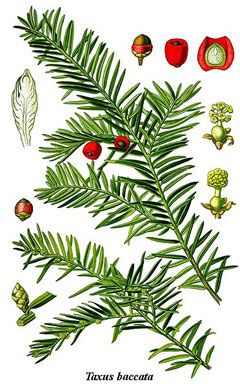
30 - taxus baccata - yew

31 - thymus pulegioides - field thyme
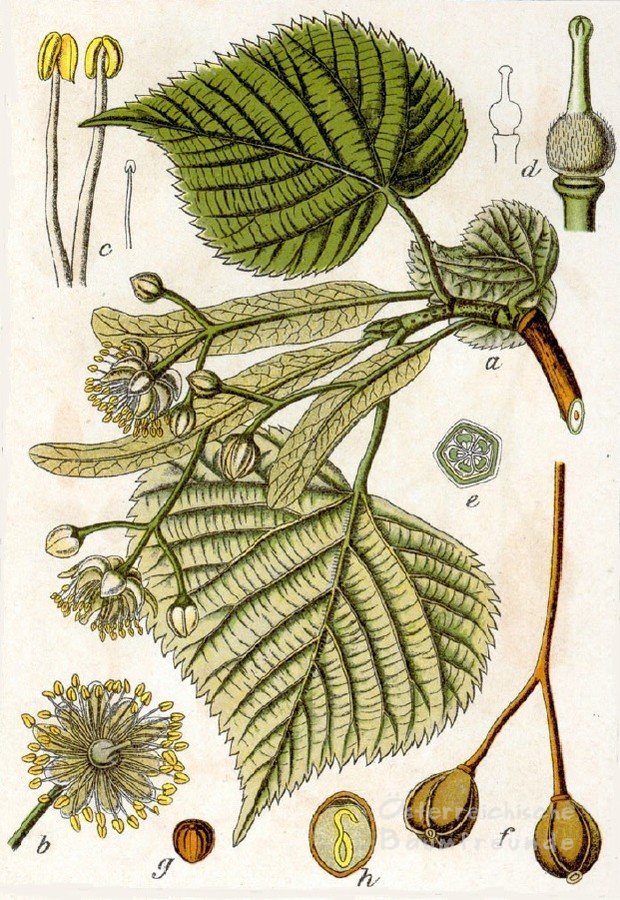
32 - thymus pulegioides - field thyme
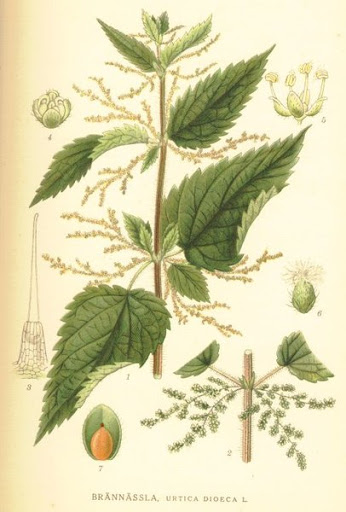
33 - urtica dioica - nettle
































